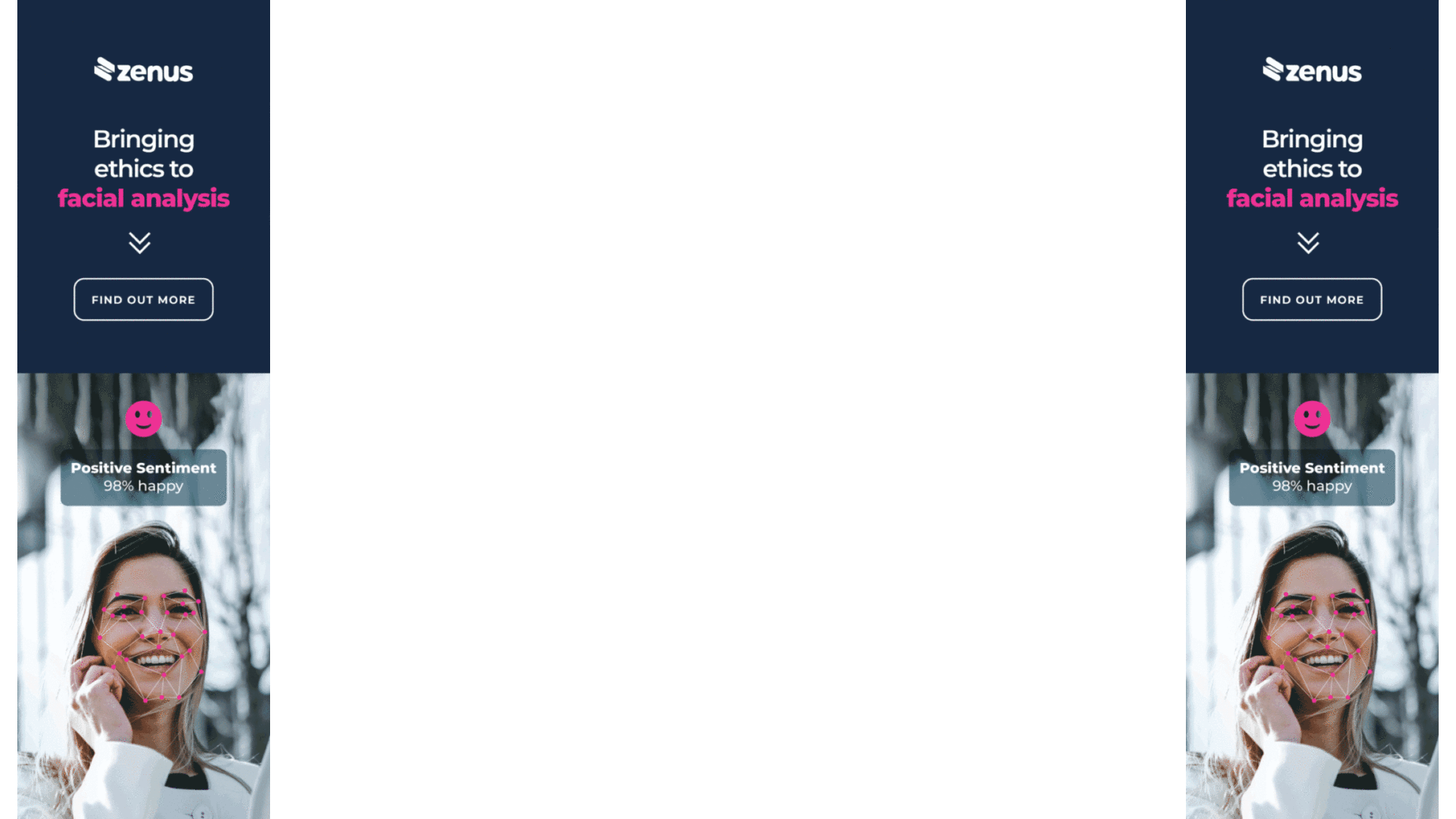Events serve as the most authentic form of branding for organizations as they help form an emotional connection to build trust with their audience. 80% of marketers believe live events are critical to their company’s success and 74% of attendees say they have more positive opinions of a company or brand after the event. The spending on events has seen a steady rise post-COVID as budgets shift from digital to promote human interaction. As organizations host and manage numerous events, they generate vast amounts of data related to attendees, interactions, feedback, and more. The surge of event data provides both an opportunity and a struggle for organizations as different formats of data are generated from multiple systems.
The Problem
What to capture, why, where to capture from, how to correlate data and what will the output look like?
The purpose of collecting event data has primarily been to measure the ROI and success of an event or create a future pipeline, hence data collection is a necessity. Imagine organizations having complete control of their meetings spend across categories and sources, capturing risks and attending to them on a live basis. Companies are also striving to find the right set of audience, implement efficient program design along with delivering personalized content to achieve brand and strategic objectives. The key to reaching this desired state hides in the data layers residing in different systems within the organization. There are various stages of an event and based on the type of interaction, the sources and type of data could be quite different (as shown in Table 1 below).
| Stage | Source | Type of Data |
| Pre-Event | Event and ticket forms | Registrant data Consent data RSVP |
| Email, outreach, and promotions | Engagement (Views and clicks) Source of information | |
| Event page | Views, conversion and bounce rate | |
| Check-in data | Attendees No shows Time spent at the event | |
| Walk in data and scanned leads | Pipeline generated | |
| Day of Event | Walk-in data and scanned leads | Sales qualified leads |
| Social and press activity | Reactions, comments and mentions | |
| Onsite survey | Live feedback | |
| Speaker engagement | Session views and ratings | |
| Sessions data | Favorite sessions and topics | |
| Post-Event | SurveysPromotions and outreach | Feedback Engagement and feedback |
The process of correlating data starts with data blending and merging multiple data sources into one single large dataset. Data blending works when the joined data sources share at least one common dimension or identifier. For example, meetings data typically utilizes meeting ID, employee, or participant ID. Based on the rest of usable information from each data source, the required data set is then stored in a data lake, forming the base for all future use cases. By merging and analyzing data from different touchpoints, organizations can gain a holistic view of their events and better understand attendee behavior, preferences, and sentiments. The output for such insights usually takes the form of reporting historical data, building ML models to forecast outcomes, and suggesting a range of prescribed actions to achieve the optimal result.
Understanding data lake
As the name suggests, it’s a pool of datasets from various sources that can have structured or unstructured data and allows data in its native state to be stored for further processing. Unlike data warehousing, it does not need any data transformation or creating frameworks and outlines, providing organizations the flexibility of increasing the scale at will. If organizations have a proper governance process for managing the data lake and the use cases are properly thought through before implementation, the benefits eventually become manifold.
Why data lake benefits meetings and events strategy
In addition to raw data, a data lake stores the intermediate results of processing and keeps complete records. This helps to pull partially processed data which can be used for separate use cases, saving time and processing. In the case of meetings and events data, there are straightforward reasons why a data lake is the best solution to make sense of data from multiple sources:
- Type of data — Meetings and events data come from various sources like registration forms, surveys, social media, and more. Even if there is a common identifier between these sources, the remaining collected data is usually unstructured or semi-structured. Data lake enables storing, processing, and securing such datasets over prolonged periods without the need to be deleted. The processing layer is after the data lake layer and thus run times are independent of the amount of data being stored.
- Open format data — Meetings data from various sources is usually collected in an open format data (*txt, *csv or similar) viz. specification of a file format which has been licensed freely so that anyone can make their own software that understands or produces the format. Data lake supports storing and easily processes open format data for further analytics or creating ML models.
- Scalable at low cost — With the advancements in where meetings data is being collected, newer sources are being added to the list. This requires the system to store the existing and new data to process them smoothly. Once the initial use cases are envisioned and the architecture or system requirements for the data lake are finalized, adding more storage to support newer sources or additional information is simple and easy.
Conclusion
Having a centralized and scalable solution for storing massive amounts of raw meetings data that enables integration with powerful data analytics is becoming an increasingly essential set of tools for companies who want to be more data-driven in their decision-making. Data lake is the perfect answer to such requirements as companies navigate through multiple innovations in the meetings industry. The next best action item for organizations is to understand the data requirements and limitations of their different business units and what impact it’ll create for each of them once the solution is implemented. As a pilot, it also helps organizations to start with two or three systems, creating the information flows before more systems are added. Once the benefits are visible, more systems can be added to the layer which creates more impact due to enhanced visibility of connected datasets.
Learn more: https://www.zs.com/solutions/life-sciences-randd-and-medical/medical-affairs
Sponsored Content












